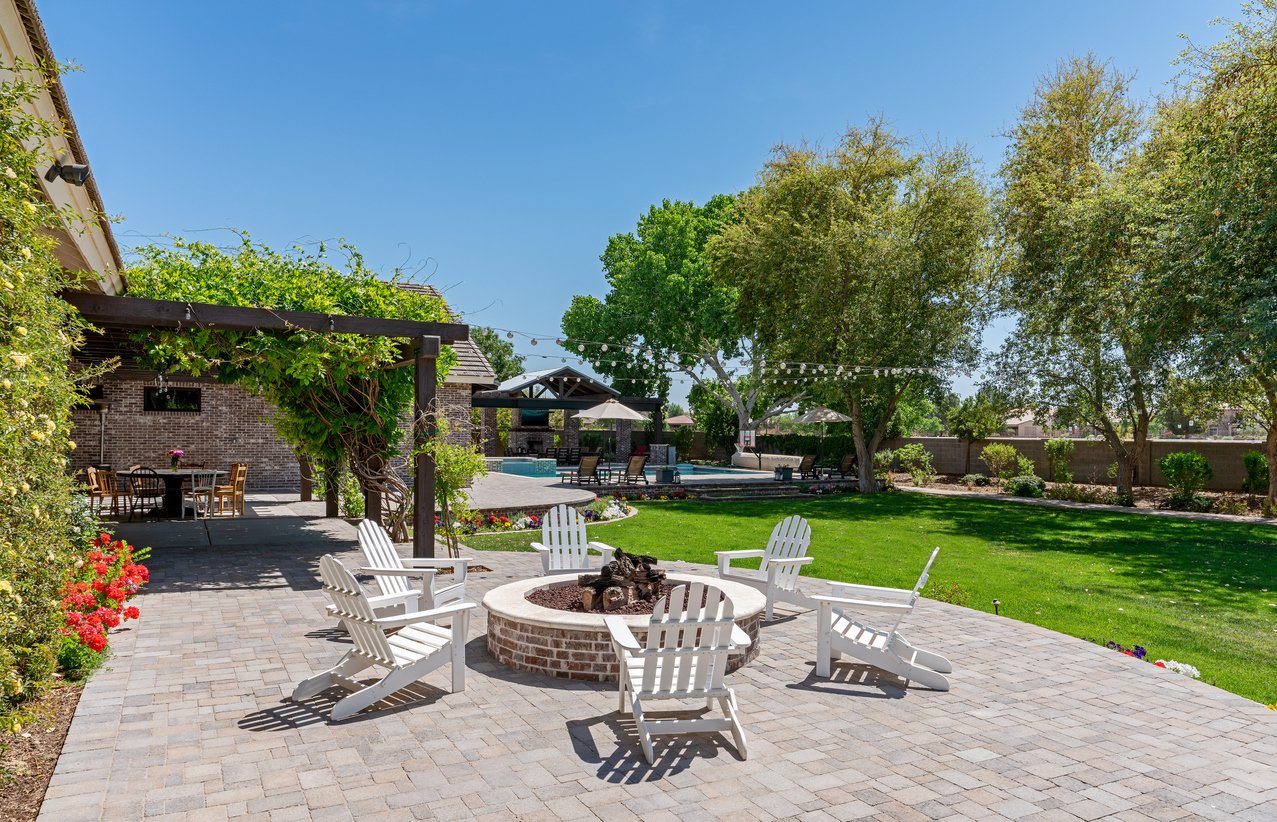8 Mistakes to Avoid When Installing Your Patio Misting System

Installing a patio misting system is simple in theory, but not always so easy to do in practice. We've seen and helped out with thousands of misting installations over the years and let us tell you, if you're struggling or worried about getting confused, you're not alone. Misting requires many pieces to be fit together in one continuous water-tight system, which means there are plenty of opportunities to make mistakes along the way. Fortunately, these mistakes are usually easy to spot and fix. And with the help of today's reel of common misting installation bloopers and solutions, you can avoid all of the most common mistakes before even getting started.

1) Loose Connections
By far the most common misting mistake is forgetting to tighten your joints. Because a misting system involves a fair number of nozzles, joints, and elbows, this can be a lot of individual pieces to tighten and it's incredibly easy to forget just one or two along the way. Some misting installers, in fact, forget that water will be running through the system and don't take the time to tighten anything at all. And you can imagine what happens when the pressurized water does start to fly. The best way to make sure you don't miss anything is to make tightening an automatic part of your installation process. Every time you connect a piece, tighten it completely. And double-check when you're securing the misting system in place, twisting each piece tightly together as you go. If you have any skills in plumbing, use your knowledge to secure the joints. The good news is that if you do miss one or two joints, it will be easy to identify because of the spray or steady drip of escaping water when the system runs.2) Buying a Pump that's Too Small
The size of your pump also matters a great deal. Misting relies on high-pressure water running through the piping which forces water out at some velocity through the tiny holes in the nozzles. This creates a fine wide-spread mist that will be a delight to you and your guests. But to do this, you need to create the proper amount of PSI. While most misting kits will come with a pump that is guaranteed to do the job with the misting pieces you have, not all kits come with parts. And many misting owners choose to customize in ways that increase demand on their pump, without actually upgrading the pump itself. So whether you're building a custom misting setup or your kit simply does not come with the right pump included, you'll need to choose your pump size and power carefully. As a rule of thumb, great misting happens between about 500 and 1000 PSI. Any lower than 500 PSI and your nozzles will start to form larger droplets which feel wet instead of misty. If you are troubleshooting oversized misting droplets or puddles forming under your nozzles, low water pressure from an underpowered pump is the most likely culprit.3) Excluding Anchor Points
The anchor points for your misting system are what connects them to the structure above the patio. This might be the overhang of your roof, a covered patio awning, or even a decorative wooden arbor. Your anchor points are usually going to be screw-in half-circles of plastic or metal that wrap around the piping and screw into the above structure. It's easy to think that perhaps you don't need all those tiny anchor points and the effort of screwing them in. After all, the piping and nozzles together are incredibly light, so you should be fine. The oversight here is that high-pressure water flowing through that piping and jetting out the nozzles will make your misting system much heavier when running than it is empty. The last thing you want is for your fantastic new misting system to fail and need to be re-installed because the full pipe could not be held up by a meager number of anchor points. If the instructions on the package say to use all the anchor points and to space them at measured intervals, do. That said, it's also okay to improvise a bit if your patio structure makes it hard to 100% match the placement of anchor points. As long as the points are all used, are reasonably spaced, and are anchored well to the overhanging structure.4) Adding Too Many Extra Nozzles
Every patio is unique, which naturally leads to misting customers getting creative with how they set up their patio misting. Your roof might not provide ample coverage, an inward corner that borders the patio. You might have an awning, an arbor, or even a tent cabana set up ready to be misted. So it comes as no surprise that most misting customers wind up straying at least a bit from the model in the instructions. But the moment you start adding new nozzles or lengths of pipe, the entire math equation changes. A misting pump included with your kit is calibrated to provide exactly the right amount of pressure for high-quality misting with the pieces you have. An extra nozzle uses up some of that necessary PSI, and multiple extra nozzles put you at serious risk of falling below 500 PSI. And as we mentioned earlier, low PSI will cause larger droplets and dripping from the nozzles. If you do want to expand your misting system, make sure to upgrade your pump accordingly.



